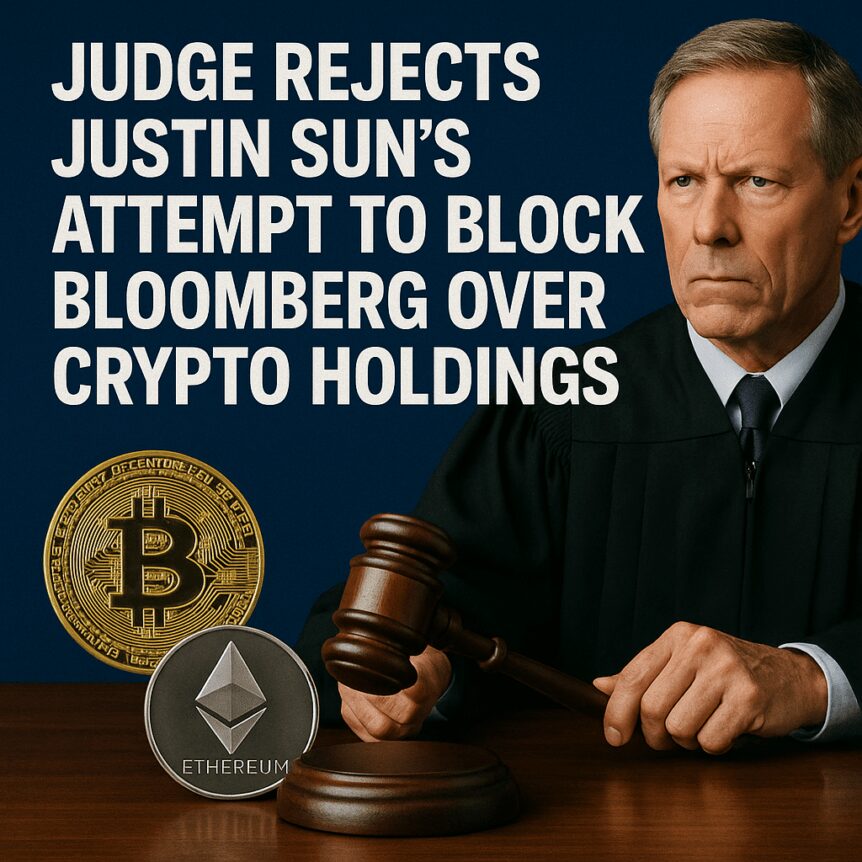Why SegaSwap's $10M Seed Round Signals a Shift in Solana DeFi Incentive Models
SegaSwap thinks it has found the answer through a combination of liquid staking, tiered liquidity pools, and something called "attention capital markets."
\ The Seoul-based startup closed a seed round at a $10 million valuation on September 23, 2025, with Sonic SVM and 10K Ventures leading the investment. The funding arrives as SegaSwap prepares to roll out what it describes as a fundamentally different approach to incentivizing liquidity providers on Solana and Sonic SVM.
\
The Mercenary Capital Challenge
Every decentralized exchange faces the same dilemma. They need liquidity providers to deposit tokens into pools so traders can swap assets. Without deep liquidity, trades suffer from high slippage, where users get worse prices than expected. To attract liquidity, protocols offer rewards, often in the form of their native tokens.
\ The problem emerges when these rewards dry up. Liquidity providers, chasing the highest yields, immediately withdraw their funds and move to the next protocol offering better returns. This behavior, known as mercenary capital, creates unstable liquidity that disappears the moment incentives decline. Projects burn through treasury funds trying to maintain competitive rewards, only to watch their liquidity evaporate when a competitor offers slightly higher returns.
\ SegaSwap believes it has engineered a solution through multiple interconnected mechanisms that change how liquidity gets rewarded and retained.
\
The Two-Tier Pool Structure
Instead of treating all liquidity pools equally, SegaSwap divides them into two categories: Main Pools and Attention Pools. Main Pools house established assets with proven track records. Attention Pools contain newer, more volatile tokens that carry higher risk.
\ The distinction matters because of how fees get distributed. Attention Pools route a larger share of trading fees to liquidity providers, compensating them for taking on additional risk. A public leaderboard tracks trading volume and total value locked (TVL) for each pool. When an Attention Pool demonstrates sustained activity and growth, it graduates to Main Pool status.
\ This graduation system creates a transparent pathway for new projects to establish credibility. Rather than relying solely on token incentives to bootstrap liquidity, projects can prove their worth through actual trading activity and user engagement. The model encourages organic growth over artificial pumping through unsustainable rewards.
\
Liquid Staking as Yield Amplifier
SegaSOL, the protocol's liquid-staked SOL token, represents another piece of the puzzle. When users stake SOL through traditional methods, their tokens get locked up, unable to participate in other DeFi activities. Liquid staking changes this dynamic.
\ Users deposit SOL and receive SegaSOL in return. The deposited SOL continues earning staking rewards, currently around 7% annually on Solana. But unlike regular staked SOL, SegaSOL remains liquid. Users can trade it, provide it as liquidity, or use it in yield farms. This means the same capital earns multiple revenue streams simultaneously: base staking rewards plus whatever additional yields come from DeFi participation.
\ Think of it like owning a rental property that generates monthly income while simultaneously using that same property as collateral for a business loan. The capital works twice as hard. For liquidity providers, this dual-earning potential makes staying in pools more attractive even when additional token rewards decrease.
\
Attention Capital Markets Explained
The most experimental aspect of SegaSwap's approach involves integration with Sonic SVM's Attention Capital Market (ACM) protocol. In traditional finance, capital flows toward opportunities based on expected returns. In crypto, speculation and hype often drive these flows more than fundamentals.
\ ACM attempts to quantify and reward genuine user attention and engagement. Instead of measuring success purely through TVL or trading volume, the protocol tracks sustained interaction patterns. A token that maintains consistent daily traders over months scores higher than one experiencing a brief spike followed by dormancy.
\ These attention metrics then determine reward distribution. Pools demonstrating real, sustained interest receive larger allocations. The goal shifts from creating temporary liquidity spikes to building lasting market presence. Projects cannot simply buy their way to the top through token emissions; they must cultivate actual user bases.
\ The system creates feedback loops. Real usage generates attention scores, which trigger rewards, which deepen liquidity, which improves trading experience, which attracts more users. Unlike traditional yield farming where rewards often flow to passive capital, ACM directs incentives toward active participation.
\
Technical Implementation and Roadmap
The seed funding enables several technical developments. First, SegaSwap plans to implement deeper routing algorithms on Sonic SVM. When users trade, the protocol needs to find the most efficient path through various liquidity pools to minimize price impact. Better routing means better prices for traders and more fee generation for liquidity providers.
\ Second, the team aims to expand SegaSOL integrations across the ecosystem. Each new use case for the liquid staking token increases its utility and demand. The protocol also plans to introduce new pool types optimized for different asset classes, from stablecoins to volatile memecoins.
\ Third, SegaSwap will develop partner reward modules, allowing other projects to plug into the incentive system. Rather than each protocol building its own liquidity mining program, they can leverage SegaSwap's infrastructure and attention-based distribution model.
\
Market Context and Competition
SegaSwap enters a crowded field. Solana already hosts established AMMs like Orca, Raydium, and Jupiter. Each offers its own approach to attracting and retaining liquidity. Orca focuses on concentrated liquidity, allowing providers to earn higher fees by targeting specific price ranges. Raydium integrates with Serum's order book for enhanced price discovery. Jupiter aggregates liquidity across multiple sources.
\ The timing proves interesting. Solana's ecosystem has matured significantly since the 2022 market downturn. Transaction costs remain low, typically under a cent, while throughput continues improving. The network processes thousands of transactions per second without the congestion issues plaguing Ethereum during peak periods.
\ Sonic SVM adds another dimension. As a Solana Virtual Machine implementation, it promises even higher performance while maintaining compatibility with existing Solana programs. Projects building on Sonic SVM need liquidity infrastructure, creating opportunity for early movers like SegaSwap.
\ Chris Zhu, CEO of Sonic SVM, explains,
\
\ The phrase "where it's earned" stands out. Traditional DeFi often rewards capital simply for showing up. SegaSwap's model demands proof of genuine market activity before rewards flow.
\
Final Thoughts
SegaSwap's approach addresses real problems in DeFi, but execution will determine success. The two-tier pool structure makes logical sense, creating clear incentives for both new projects and established tokens. Liquid staking through SegaSOL offers tangible benefits over traditional staking, though competition from established providers like Marinade and Jito will prove fierce.
\ The attention-based reward system represents the biggest wildcard. Measuring genuine engagement versus manufactured activity remains challenging. Sophisticated actors might game attention metrics just as they currently farm yields. The protocol's ability to distinguish real usage from artificial pumping will determine whether ACM delivers on its promise.
\ The $10 million valuation seems reasonable given the early stage and experimental nature of the project. Investors appear to be betting on the team's ability to execute rather than current traction. With Sonic SVM still in development and SegaSwap's mainnet presence limited, much depends on future delivery.
\ For Solana users, SegaSwap offers another option in an increasingly diverse DeFi landscape. Whether it can differentiate sufficiently from established competitors remains uncertain. The protocol's success likely depends less on revolutionary technology and more on consistent execution and community building. In DeFi, the best technology rarely wins alone. The winners combine solid infrastructure with strong incentives and active user communities. SegaSwap has proposed interesting solutions, but the market will ultimately judge their effectiveness.
Don’t forget to like and share the story!
You May Also Like

American Bitcoin’s $5B Nasdaq Debut Puts Trump-Backed Miner in Crypto Spotlight

BFX Presale Raises $7.5M as Solana Holds $243 and Avalanche Eyes $1B Treasury — Best Cryptos to Buy in 2025
